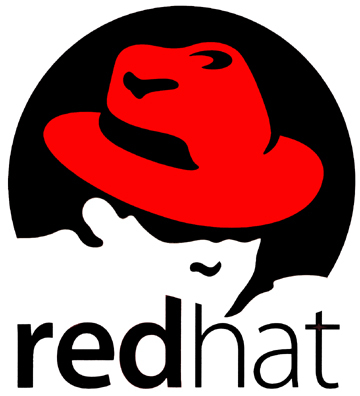Today Red Hat announces the availability of Red Hat Enterprise Linux 6.2, the latest iteration of their flagship Linux distribution. I don’t usually cover every point release of every Linux distribution, but since I’ve covered recent releases from Canonical and SUSE I thought I’d give Red Hat some coverage, too.
RHEL 6.2 is in some ways a remarkable release, and in other ways completely uninteresting. It’s uninteresting in that there are no real surprises: this is a regularly scheduled update to the RHEL 6 product line, and it was released right on time. Red Hat customers have driven most of what’s included in this release, in the form of bug reports and feature requests.
RHEL 6.2 is uninteresting, too, because Red Hat’s promise to their enterprise customers is API and ABI compatibility for the life of the product. But this is also a reason why this release is so interesting.
Maintaining API and ABI compatibility on a complex suite of inter-related free software projects is no small task even on a short term basis. To manage it over a couple of years requires careful planning, attention to detail, and impressive staff talent. After all, companies are using Red Hat Enterprise Linux with the expectation that their servers will work exactly the same way for nearly a decade.
But the technology driving Linux development doesn’t stay the same for that same period of time. In addition to continuous kernel improvements, there’s whole swathes of new technologies rapidly evolving — KVM and Xen virtualization, filesystem advancements, and more — as well as the regular feature updates to the ecosystem of free software that go into a modern distribution: web servers, programming languages, support libraries, and more. Red Hat’s customers want to use these whiz-bang new features, but still enjoy long-term support offerings. It’s a delicate balancing act, and in that regard the release of RHEL 6.2 is utterly fascinating.
According to Tim Burke, VP of Linux Engineering at Red Hat, more changes (updates, bug fixes, etc) went into RHEL 6.2 than the entirety of what went into Red Hat Enterprise Linux version 4, which was released in February, 2005. The list of RHEL 6.2 enhancements (PDF) is impressive, and includes a host of physical and virtual guest performance enhancements, improved management controls, and more. Also included are a variety technology previews of essentially beta software that people want to play with and that Red Hat wants to evaluate, like Parallel NFS and Linux containers.
“Red Hat is the leading innovator in Linux development,” claimed Burke. Certainly Red Hat is doing something right, as they’ve enjoyed 38 sequential quarters of successful growth all the while making predictable, sustainable releases for their customers.
